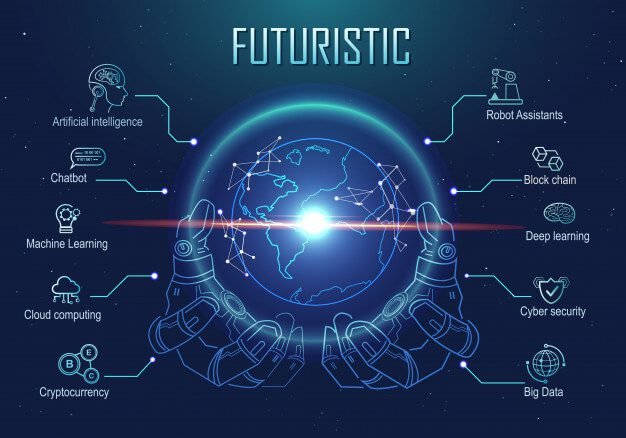Artificial intelligence keeps changing in its definition as does its scope and capabilities. A few decades ago, simple calculators were considered artificial intelligence since math problems were previously only solved by the human brain. Today, artificial intelligence powers home automation systems and gadgets like Google Home, Siri, and Alexa. We see new AI being released almost every week with juggernauts like Google and Facebook it improve the user experience. The auto-reply feature with suggested replies on Gmail is an example of artificial intelligence where the responses are ‘taught’ to the machine.
Having a good foundation is imperative if you want to foray into artificial intelligence. It isn’t as simple as attending a machine learning course to be a valuable employee in the field of AI. People who are interested in artificial intelligence can take several paths to learn the various AI skills necessary for the subject. Based on your previous knowledge and skill level, you should chart your own course.
The prerequisites of artificial intelligence will give you a good foundation to stand upon when you are learning the key concepts. You will have to have a good foundation in calculus, linear algebra, and statistics in order to help you to develop algorithms. You will also need a good knowledge of Python and Python for data science track as it is the predominant language used in machine learning.
Whatever math skills you might have already, you might want to brush up on them before foraying into Artificial Intelligence. There are many courses available online that will go into depth about the various concepts used in AI. If you are getting into AI to solve a problem, then you can rely on existing libraries to help you with the math required. However, if you are looking to get into research or deep into machine learning, you will have to get an in-depth knowledge of math.
The next steps involve learning and soaking up as much machine learning concepts and theory as you can. It will help you on many fronts including planning and collecting data, interpretation of model results, and creating better models.
The next step should focus on data cleaning, exploration, and preparation. As someone who will be working with machine learning, you will have to have a good quality of feature engineering and data cleaning on the original data you have. This is a very important step and will regularly feature in your work in the future. You should spend as much time as you can here, doing practice tests and runs.
For practice, you should participate in as many Kaggle competitions as you can. These are generally easy and will help you work with multiple scenarios and typologies. With machine learning, the more practice you have, the better you are.
As a beginner, these are the steps you will have to take in order to understand the basics of artificial intelligence. If you are interested in a deeper understanding of the subject, then you can opt of Deep Learning and Machine Learning with Big Data.
What Is The Best Way To Learn Artificial INtelligence For a Beginner
10 Essential Qualities For The Age Of Artificial Intelligence








